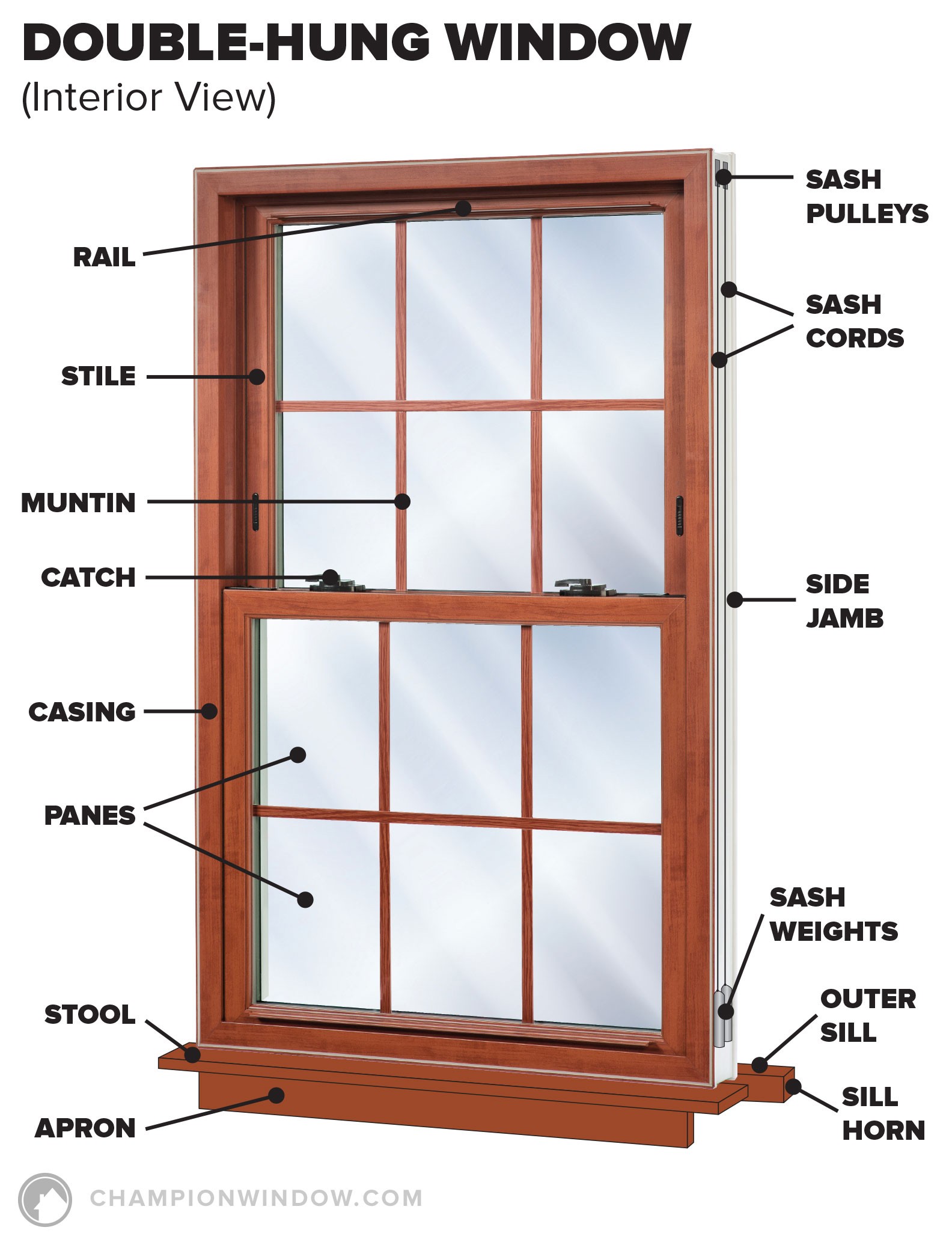Window sills are among the best-known parts of standard, traditional windows. Sills are both romantic and functional. But what are window sills? Why are window sills important? The answers to these questions can help you become familiar with the anatomy of your window, so you'll be better informed when it's time to purchase new windows for your home.
Here’s what every homeowner should know and what we will cover:
- What is a Window Sill
- What Purpose Does a Sill Provide
- Do I Need to Have a Window Sill
- Is Replacing a Window Sill a DIY Project
- Why is a Window Sill Angled
What Is a Window Sill?
A window sill, also known as a window ledge or window bottom, is the shelf-like, flat piece of the window trim found at the base of the window. Window sills are important to the design and functionality of the window.
Despite common belief, the window sill is found on the outside of the home. Inside the home, the part of the window often called the "sill" is actually the stool. However, the stool is often described as the sill, even by window experts. As a result, it can be hard to tell which part of the window a person is referring to when the sill is being discussed (1).

What Purpose Does a Sill Provide?
Sills serve a variety of purposes and functionality (2):
- Structural Integrity. The rigid sill on the bottom helps eliminate flexing to support the structure
- Improved Energy Efficiency. Provides barrier for thermal insulation to be installed
- Water Protection. Protects the wall and leads water away from the building when it rains and not into your home
- Decorative Space. Showcase plants, pictures, candles, etc.
Do I Need to Have a Window Sill?
Window sills are a necessity. Without the window sill, the window, wall and floors inside the home would all become water damaged. Window sills also play an important role in the functionality of the window. By providing a stopping place for the lower rail of the window, the sill effectively holds the sash in place when the window is closed.
In other words, a window without a sill would not be a window at all. Window sills have been a traditional part of all windows for thousands of years. In fact, window sills go back to Egyptian times. They are basic, but effective.
Is Replacing a Window Sill a DIY Project?
Replacing a sill can be a DIY project for the right homeowner. It's important to have the right tools on hand and to follow the proper procedures (3).
Window sills can also be customized by using different materials:
- Wooden window sills must be painted or sealed in order to be weatherproof and durable. Modern wooden window sills are typically clad with a durable waterproof material for easy maintenance and extra insulation.
- Stone window sills are completely durable and typically need no sealing or treatment in order to withstand the elements. Stone is a traditional sill material that is often found on brick and stone buildings.
- Tile window sills are stylish and attractive. Tile sills are less common than wood or stone and are often found on older homes.
Window sills are typically not sculptured or decorated, but they can be made from many different materials and can even be clad with aluminum or vinyl, depending on the type of window. Customizations enable window sills to match the style and grandeur of the home.
Why Is A Window Sill Angled?
Window sills are angled because the angle directs rain away from the wall and building during periods of precipitation. If the sill was perfectly level, water would sit on the sill. This would cause the sill to rot quickly and would lead to leaks in the home.
In addition, a sill that is perfectly level could eventually become tilted or warped in the wrong direction, causing water to run off of the sill and into the home.
